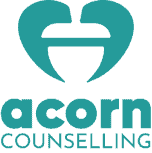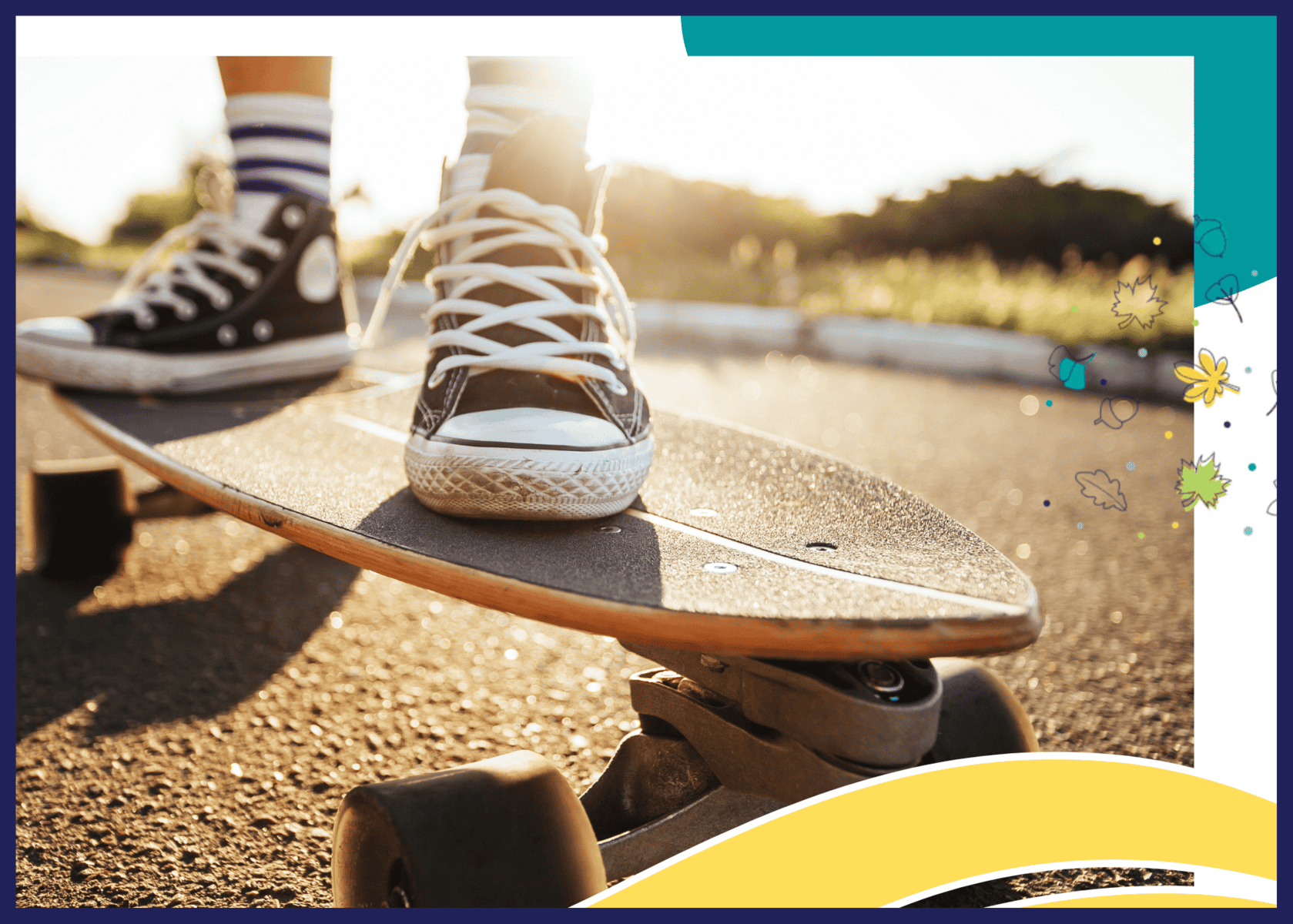Rolling Toward Resilience: How Longboarding Can Support Your Child’s Mental Health
It might surprise you, but something as simple as riding a board with wheels can have a powerful impact on your child’s mental health. At our clinic, we’re always looking for creative ways to help kids feel better, build confidence, build emotion regulation skills, and connect with others. That’s why we’re excited to share the benefits of a unique activity: longboarding.
Longboarding isn’t just fun—it’s also calming, grounding, and a great way to help kids move through big feelings. Whether your child struggles with anxiety, attention, friendships, or low mood, longboarding might be a helpful tool on their journey toward well-being.
In this post, we’ll explore how longboarding can support emotional regulation, build resilience, and strengthen social connection. We’ll also introduce a new group we’re running to help youth experience these benefits firsthand.
Balance Isn’t Just Physical—It Helps Regulate Emotions Too
When a child rides a longboard, they’re doing more than just keeping their balance. They’re also getting vestibular input—a type of sensory feedback that comes from movement, especially head movements. The vestibular system helps the body stay balanced and tells the brain where it is in space. But it also plays a big role in emotion regulation and self-regulation.
When kids get regular, steady vestibular input—like what they get from longboarding—it helps calm their nervous system. It can improve focus, reduce anxiety, and even help with emotional outbursts. Longboarding involves smooth gliding, turning, and small shifts in body position. This movement is soothing for the brain and body.
For kids who feel overwhelmed or have trouble sitting still, this type of movement can be a natural, fun way to reset. Instead of telling a child to “calm down,” longboarding helps their body do that work for them.
Moving Meditation: Mindfulness on Wheels
One of the special things about longboarding is how it brings your child into the moment. To stay upright, they have to focus on their body, the path ahead, and the rhythm of their movement. This creates something we call a flow state—a feeling of being deeply focused, calm, and present. This is the state that we often think of when we talk about children’s mental health and emotion regulation.
This kind of mindfulness can reduce stress and help kids feel more in control of their thoughts and feelings. It’s a break from screens, worries, and distractions. Instead, they’re simply riding, feeling the wind, and moving through space with purpose.
For some kids, this is the first time they feel truly grounded in their bodies—and that’s a big deal for mental health.
Falling Down and Getting Back Up: Learning Confidence and Resilience
Let’s be honest: longboarding isn’t always easy. There are wobbles. There are stumbles. And yes, there are falls (with proper safety gear, of course!). But here’s the important part—every fall is a chance to get back up.
Longboarding teaches kids that it’s okay to make mistakes. They learn how to try again, adjust, and grow. Each small success—like staying balanced a little longer or turning a corner—builds confidence. Over time, they see themselves as strong, capable, and brave.
This kind of growth doesn’t just stay on the board. It carries over into other areas of life—like trying new things at school, making friends, or speaking up when they’re nervous. Longboarding shows them, in a real and physical way, that they can do hard things.
The Science of Skating: What Movement Does for the Brain
Science backs this up too. In a youtube video, neuroscientist Dr. Andrew Huberman talks about how activities like skateboarding help train the brain to face challenges and manage fear. He explains that when we keep trying something over and over—like learning a new trick—we’re strengthening the brain’s ability to focus and grow.
If kids focus while learning and get good sleep afterward, their brain holds on to those new skills even better. He also shares how forward movement, like walking or skating, naturally moves our eyes side to side—just like in EMDR therapy (to learn more about this, check out our recent blog What is EMDR). This movement helps quiet the brain’s fear center (the amygdala), making it easier to feel calm. When kids are afraid of falling or getting hurt, their minds can jump way ahead to what might go wrong. But by teaching them to take one small step at a time—“just this push,” “just this turn”—they learn to replace fear with focus. It’s a powerful lesson: we can’t always stop negative thoughts, but we can shift them, one roll at a time.
This video also offered some emotion regulation and breathing techniques, including the physiological sigh, a breathing method when you inhale deeply, then inhale again through the nose, before exhaling slowly. This technique is often used to calm down quickly.
A Place to Belong: The Social Side of Skating
For many kids, one of the hardest parts of growing up is feeling left out or alone. That’s why the community side of longboarding is so powerful. When kids skate together, they share space, encourage each other, and celebrate each other’s progress.
Longboarding doesn’t require a team or competition. It’s just kids supporting each other, taking turns, and learning at their own pace. This kind of social connection is especially helpful for kids who are shy, anxious, or unsure of how to connect.
We also see something amazing happen when kids skate side-by-side: co-regulation. That means their nervous systems begin to sync up. Just like a parent might calm a child with a hug, being near others who are calm and focused helps kids feel safe and steady too. Co-regulation is the foundation of self-regulation and emotion regulation down the road.
In a longboarding group, these quiet moments of connection happen naturally—through shared laughter, high fives, or simply cruising side by side.
Longboarding as a Mental Health Tool
At our clinic, we believe in the power of creative, body-based approaches to mental health. Talk therapy is helpful—but it’s not always enough, especially for kids who struggle to put their feelings into words. Longboarding gives kids a different way to work through emotions and build tools for resilience.
Here’s what we’ve seen longboarding help with:
- Reducing anxiety and stress
- Improving focus and body awareness
- Increasing confidence and self-esteem
- Building frustration tolerance and patience
- Strengthening social bonds
- Develop emotion regulation capacity
- Creating a sense of joy and freedom
It’s also incredibly fun. And when kids are having fun, their brains are more open to learning and change.
Introducing Our Longboarding Group for Youth
We’re excited to launch a new Longboarding Group right here at our clinic this spring. This group is designed for kids and preteens who would benefit from movement, connection, and confidence-building.
What to Expect:
- A welcoming, inclusive environment
- Focus on regulation, skill-building, and social interaction
- Led by trained mental health professionals who understand both child development and skate safety
- No experience necessary—just a willingness to try!
We provide boards and safety gear. Sessions take place outdoors (weather permitting) in a safe, guided setting. Group activities include warm-ups, longboarding practice, mindfulness breaks, and peer games.
This group is more than just skate time—it’s a therapeutic experience disguised as play.
Is This Right for My Child?
You might be wondering if this group is a good fit. Here are a few signs that it might be:
- Your child feels anxious, overwhelmed, or disconnected
- They have big feelings and don’t always know how to handle them
- They benefit from movement or sensory input
- They’ve had trouble with friendships or confidence
- They’re open to trying something new and fun
You don’t need to know anything about longboarding ahead of time—we’ll take care of that. What matters most is creating a space where your child can feel successful, supported, and seen.
Let’s Roll—Together
Helping your child feel better doesn’t have to be boring or stressful. Sometimes, healing can happen when they’re just riding down the sidewalk with the wind in their hair.
We’re here to support your family in every way we can—and we believe in using all the tools available, from talk therapy to longboarding. This group is one more way we’re helping kids build resilience, confidence, and connection.
If you’re interested in signing up or learning more, feel free to reach out to our team. Let’s get rolling—one push at a time.
To register or inquire:
📧 Email us at groups@acorncounselling.org
🌐 Visit our website at www.acorncounselling.org/longboarding
📍 Spots are limited, so we recommend registering early!





